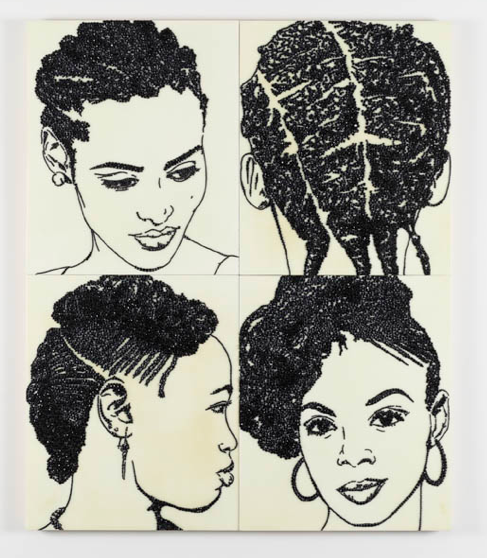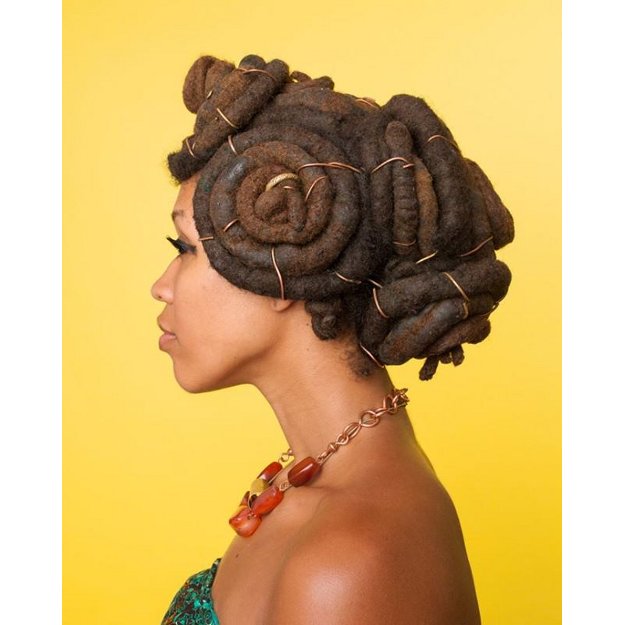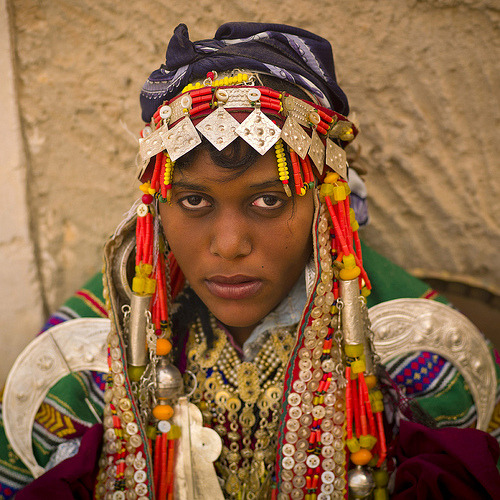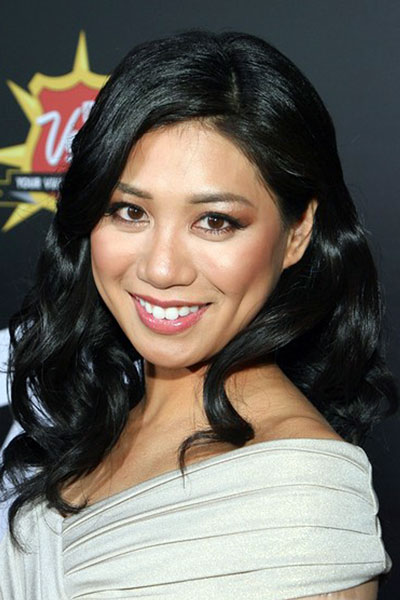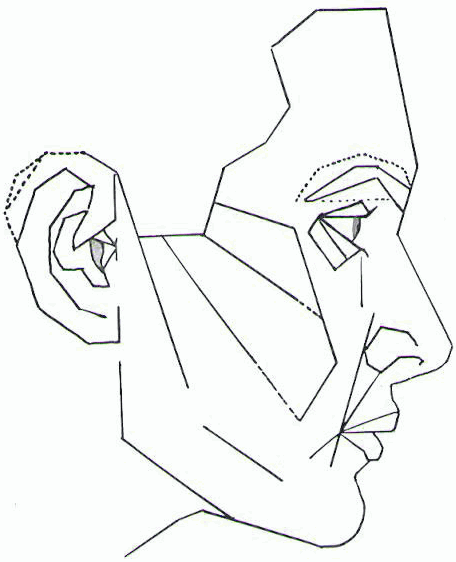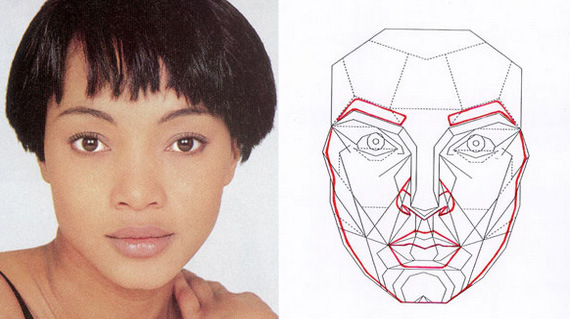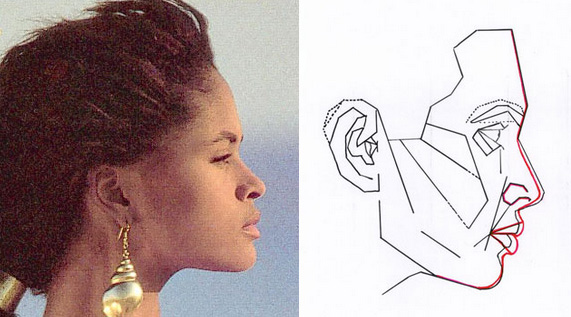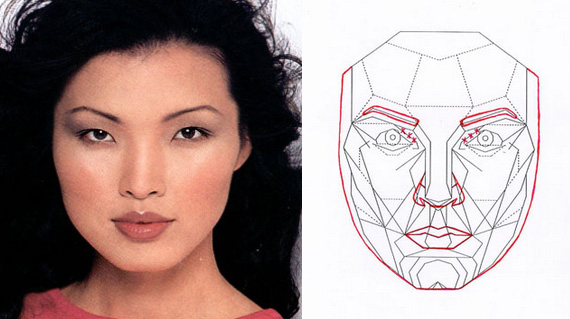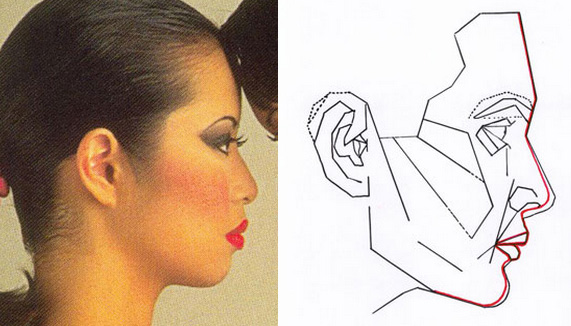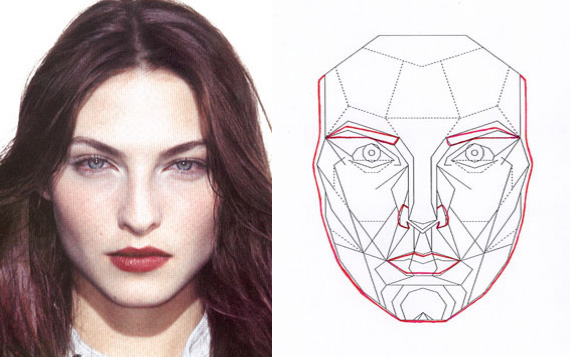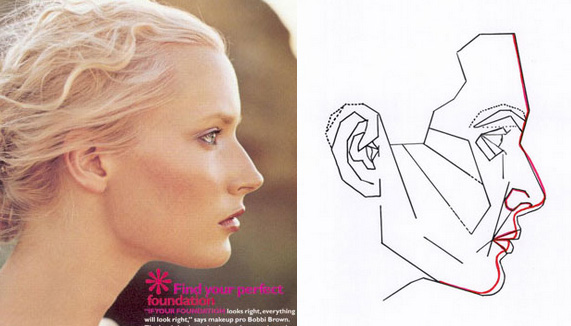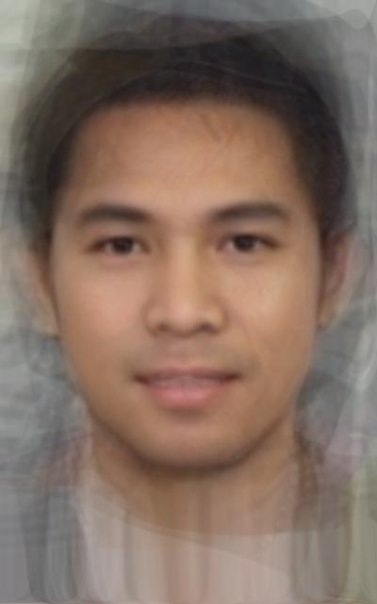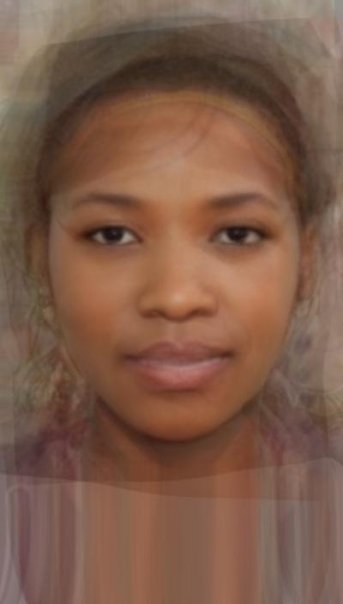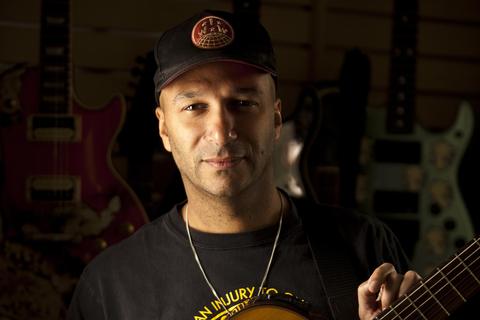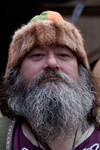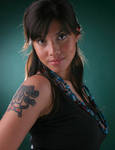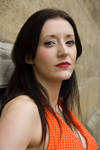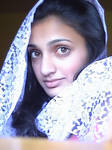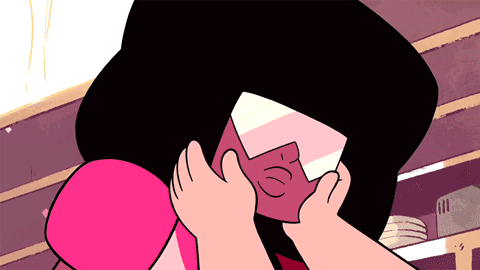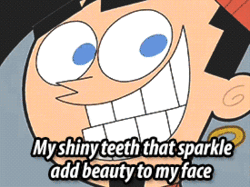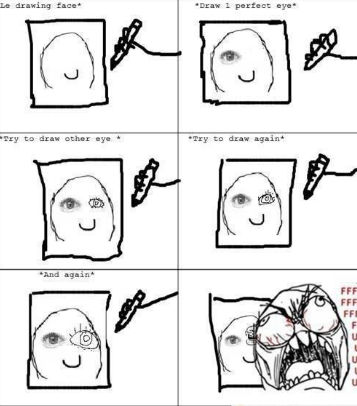Community Week
Our brains get in our ways sometimes when we draw. You'll get a spark of inspiration and suddenly it's gone. You might be so focused on one area that you completely overlook an obvious mistake. Or worst of all: you have a metric ton of ideas of stuff to draw at three o' clock in the morning (srsly, I hate that). Today I'll explain the scientific reasons your brain can sometimes work against you while you're trying to art and some exercises to beat that know it all brat into submission!
Your Brain Is a Colossal Douchebag

Just look at it. Dancing. Mocking us.
It is. The brain is an amazing organ, but it can be your absolute worst enemy when it comes to drawing, and not for the reasons you think. Here's one thing about drawing:
everyone can do it. It's one of those skills that can
absolutely be learned by everyone. The top reason people have convinced themselves that they "can't" do it is because they have become frustrated in not drawing what they want realistically. This is called
crisis (no I did not make this up lol) and it occurs around the age of 11 or 12, around the age where you gain the magical ability to think abstractly! The brain is split into two hemispheres: the logical as a Vulcan left hemisphere, and the creative Dirty Hippy right hemisphere. The left hemisphere tends to be focused on details, the right hemisphere tends to see things as a whole. And until you are able to recognize a whole thing is made up of the sum of its parts (that is, the theory of
gestalt) you will have trouble drawing realistically, especially objects you can see and name.
Since our brains are experts at interpreting complex things simply to us, we develop a system of
symbols that represent objects and ideas. Look at any child's drawing and you'll see universal motifs for the sun, people, trees, clouds, and so on. This is why many adult's drawings look like children did them, they never broke out of the symbol system. This system of symbols isn't necessarily wrong, it's just over simplified.
Quick sidebar: children before the age of 11 should not be forced to try to draw things realistically. The way that small children draw is not wrong, do not try to 'correct' them. Young children are not developmentally ready to think abstractly and thus such direction is highly confusing to them. This is the number two reason many people learn to hate drawing. As a child someone (usually an adult being a jerk) stole their thunder.The Hemispheres
Thanks to the trends in education (American education, that is) more focus has been put into exercising your logical left hemisphere, rather than your whole brain. Now, that's not to say that you can't favor one side of your brain over the other. And there's actually a fun little test you can take to find out which hemisphere you favor more here:
www.rit.edu/imagine/brain.php Drawing taps into the creative right side of the brain, but you may find that your logical left hemisphere is always bein' Kanye.
And your right hemisphere is Bill Hader.
This happens often when we try to draw the human head and face. Yeezy, your left hemisphere, starts telling you that it
already knows what an eye looks like and where it goes. It tries to label and organize when it shouldn't, just like Yeezy. When in truth it has absolutely no bearings on where that thing should be placed because it's not a solitary object. That's how we end up with this lil conundrum:
A Common Mistake
One common mistake that occurs when people are learning to draw the head is
chopping off the top of the skull. That is, thinking that the skull stops at the hairline. You've probably seen drawings where the head is flattened toward the top and the face takes up most of the head. That's your left hemisphere saying that the details of the face are
super important and therefore the only thing it is paying attention to.
The top of the model's head has been "chopped off" to demonstrate this error. Image courtesy of faestock
When we see images with this mistake we immediately know that there are some issues within the artists's observation of the subject. One way for you to practice breaking out of this error is the following exercise:
- sit in front of a mirror looking straight on
- place a hand at your hairline
- move your hand up to the crown of your head
- your head is suddenly a lot larger than you originally thought huh?
I Draw Anime/Style X, Why Should I know How To Do This?
Excellent question my young padawan.
Because teaching your brain how to work cohesively is important. Most of the things that I draw as an artist are not from observation, however I've learned to overcome the symbol system that we all have from learning how to draw things the way they look in reality. That does not mean you must translate that into
all of your work, it simply means that your brain is getting the kick in the pants it deserves. Case in point, check out this self portrait.

It was done in 1899 at age 19 by one of the most famous artists of the modern era (I'll let you know who in a moment). This artist worked in a highly stylized manner of drawing and painting, yet he
fully understood what he was doing based on a solid grounding in studio training. Know who I'm talking about yet? Here's a self portrait he did in 1971 at age 90 .

Pablo Picasso
Three Things To Do To Kick Your Habits
One of the biggest ways to break away from drawing symbols instead of what you see (you should be drawing from observation when you're learning how to draw), is to talk to yourself. All artists are muttering crazy people, didn't you notice?

This is me.
Eyes don't look like footballs. Or almonds. Or ellipses. So stop telling yourself that they do. Eyes are round, they are protected and covered by lids. The shape of the lids doesn't look
anything like the aforementioned objects when they are truly observed. This goes for
absolutely everything you have a symbol for. Instead, talk about which direction a shape is going. Does it curve or stay flat? Is it bumpy? Thicker on one side? Does it stop abruptly? You'll be surprised in what a difference this kind of talking will make!
The second thing you need to do ASAP is get yourself a cheat sheet. You need to know
exactly where things go on a face. All the measurements of a human face (that is, proportions) skew slightly when you're drawing an actual person, that's why we all look different didn'tcha know? Below are the general measurements of a front facing face (hah).
The Eyes- The eyes are located halfway down the face. If they are not in the right place the whole face is out of proportion.
The Nose- The bridge and ball of the nose fall in the middle of the centerline. The base of the nose is halfway down from from the eyeline.
The Mouth- The opening for the mouth is halfway between the base of the nose and the chin. The corners of the mouth is the width of the middle of the eyes.
The Ears- The space between the eyeline and the line the base of the nose is generally where the ears sit.
The final thing you need to do while you're practicing drawing is to listen to music without words.
SAY WHAT?! You heard me. The language areas of your brain are located in Yeezy (your left hemisphere). You gotta shut him up while you're drawing. You may find that you have the ability to sing along to songs with words while you're drawing stuff you're good at drawing. This is because you
already taught Yeezy to shut up while you're drawing that thing. Whenever you're trying to draw something new, put on music without lyrics. This will help your right brain focus
a lot. This doesn't mean you need to listen to classical orchestral music, just anything without lyrics.
Note: don't cheat and listen to kareoke versions of songs with words in them. Yeezy'll be a douche and sing 'em to himself. Bonus! I wrote a tutorial that accompanies this blog to getcha started drawing faces the way you always wanted!

Questions? Feel free to leave 'em in the comments section!
 Xadrea
Xadrea











.svg/550px-Africa_(orthographic_projection).svg.png)


